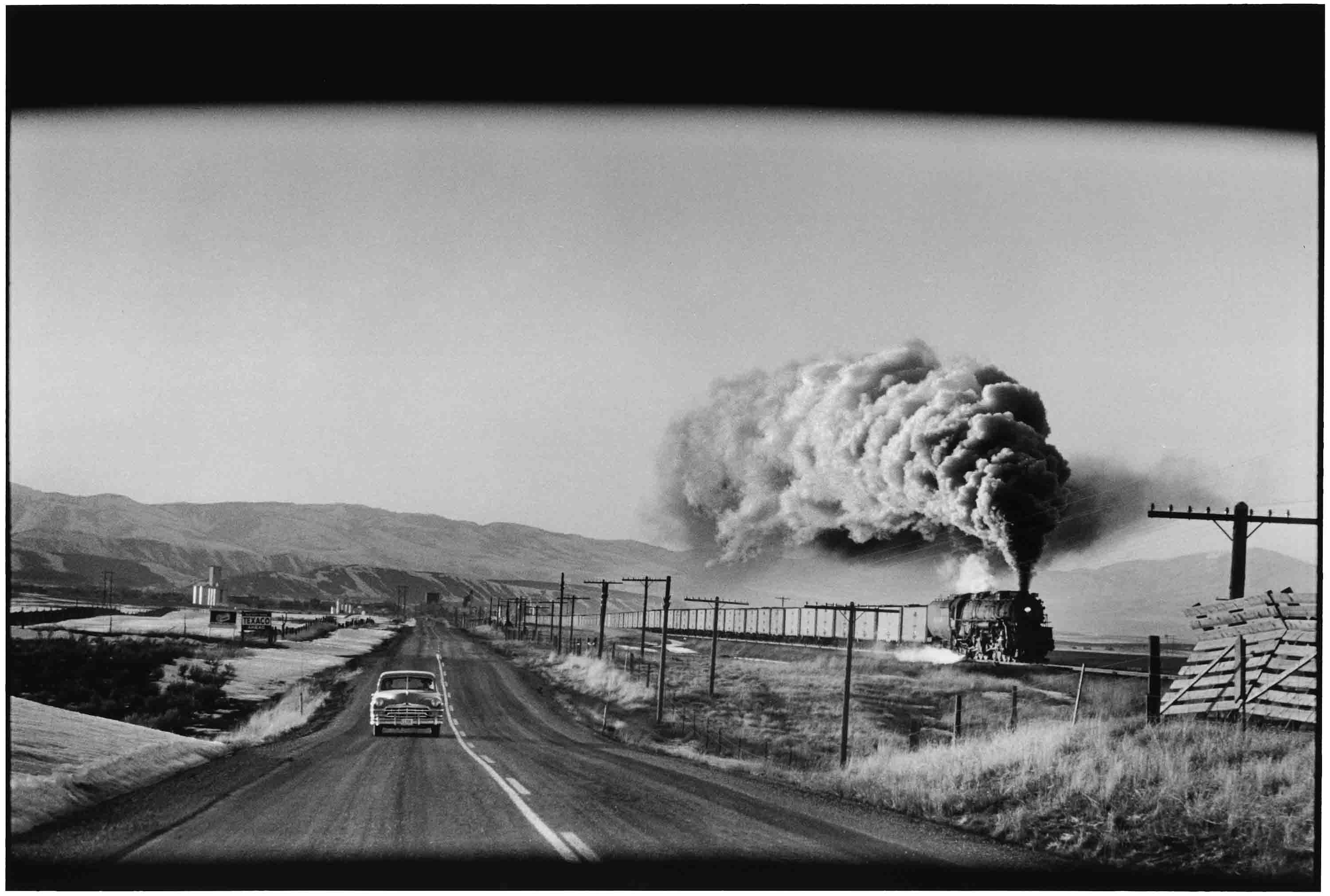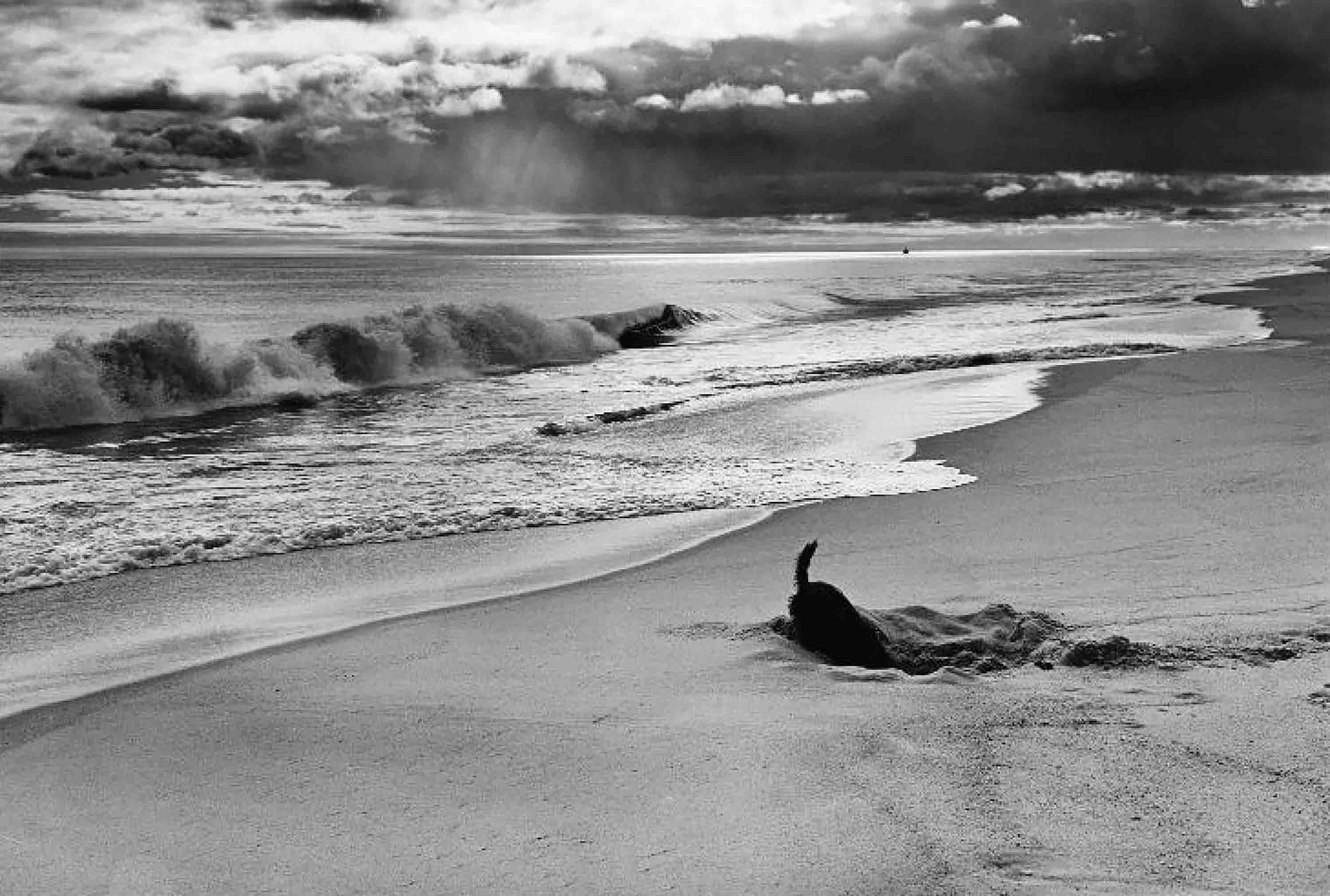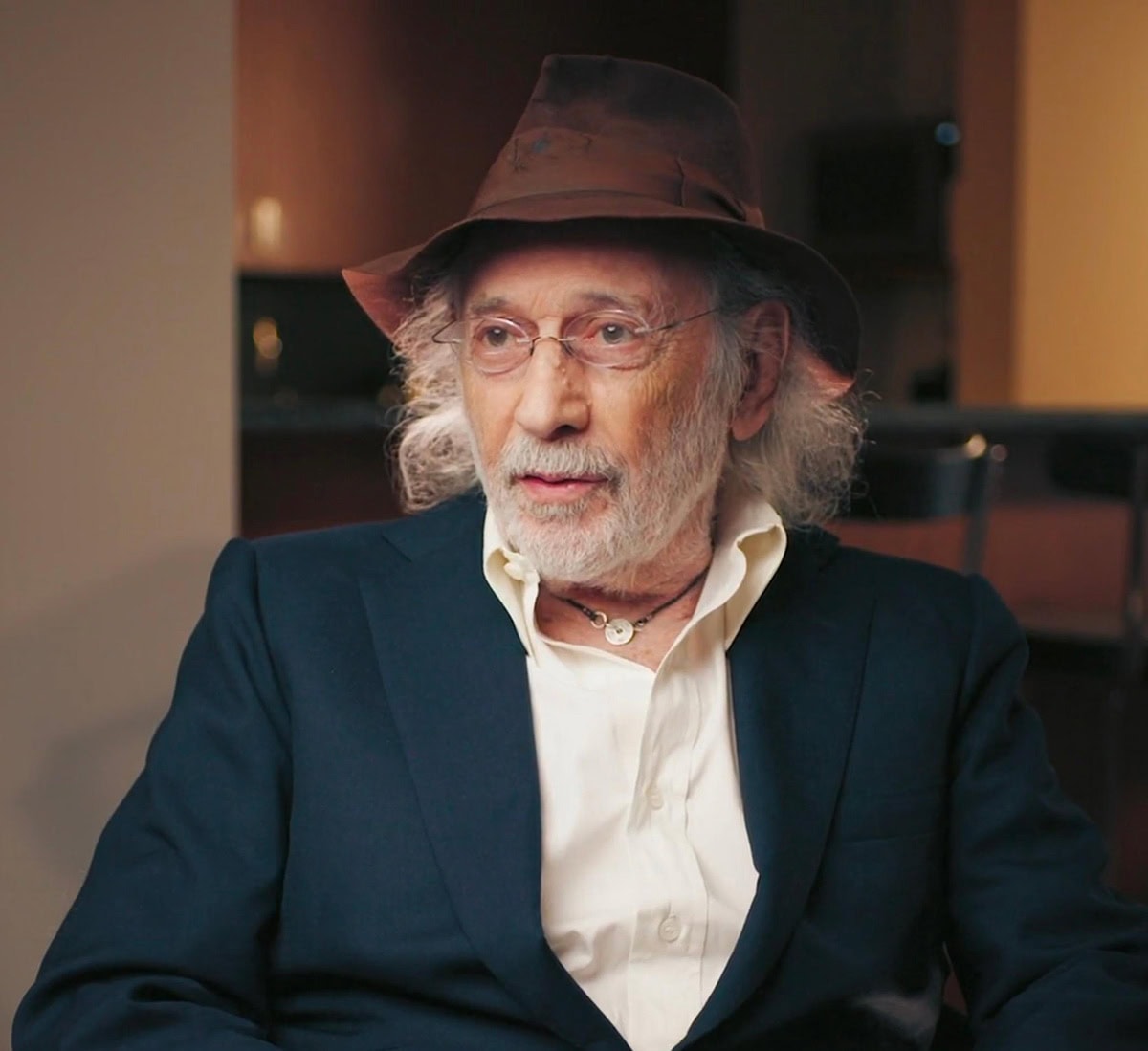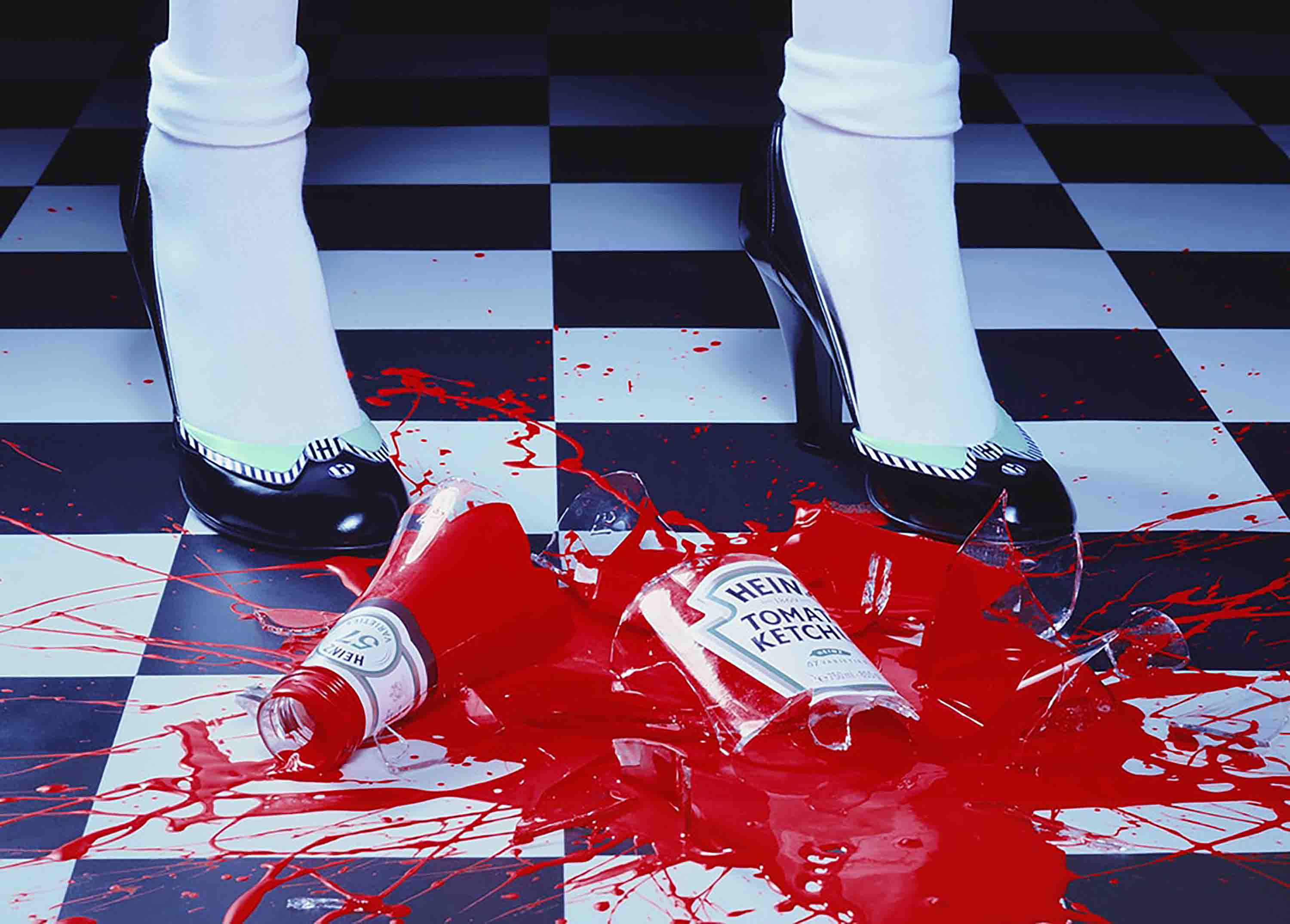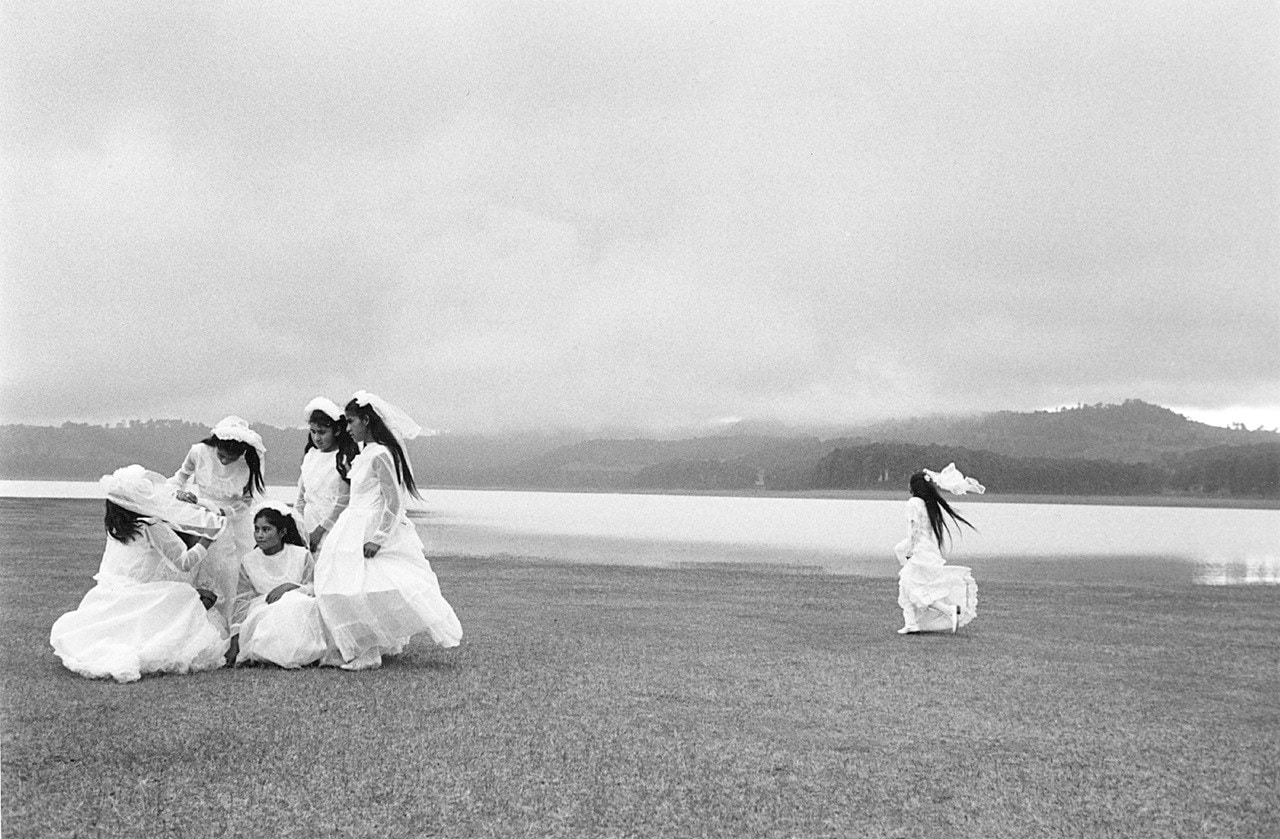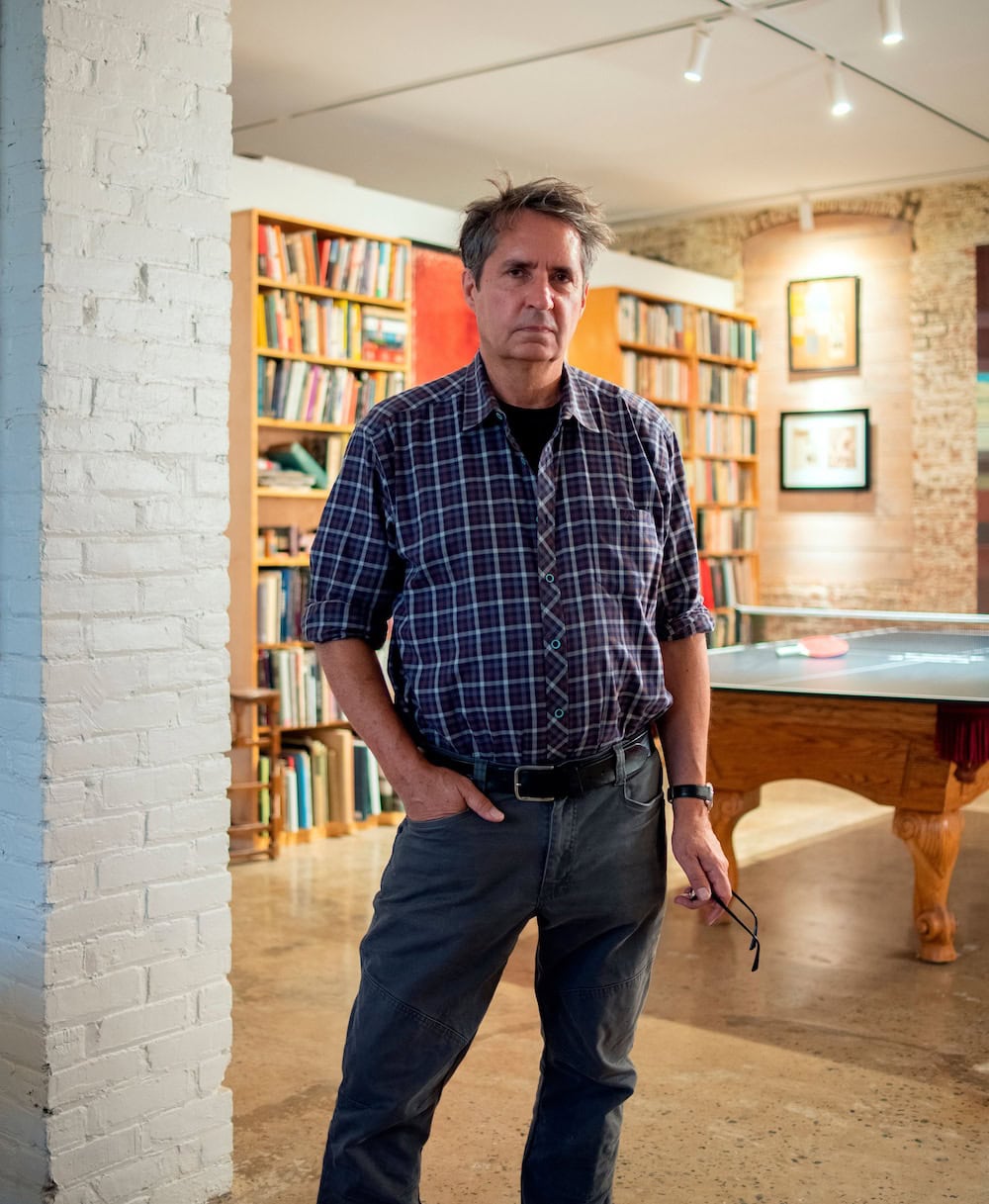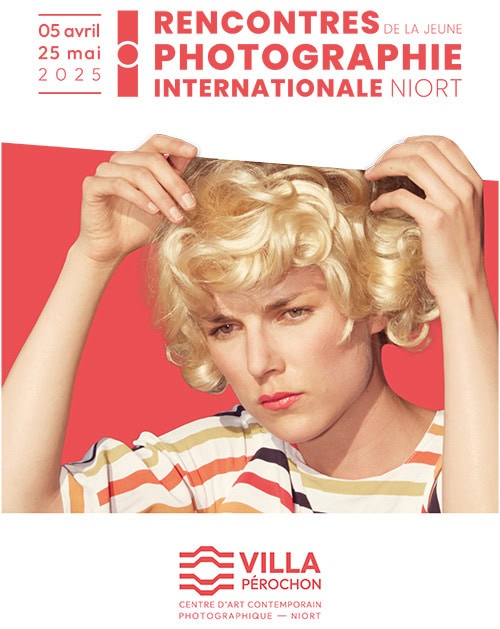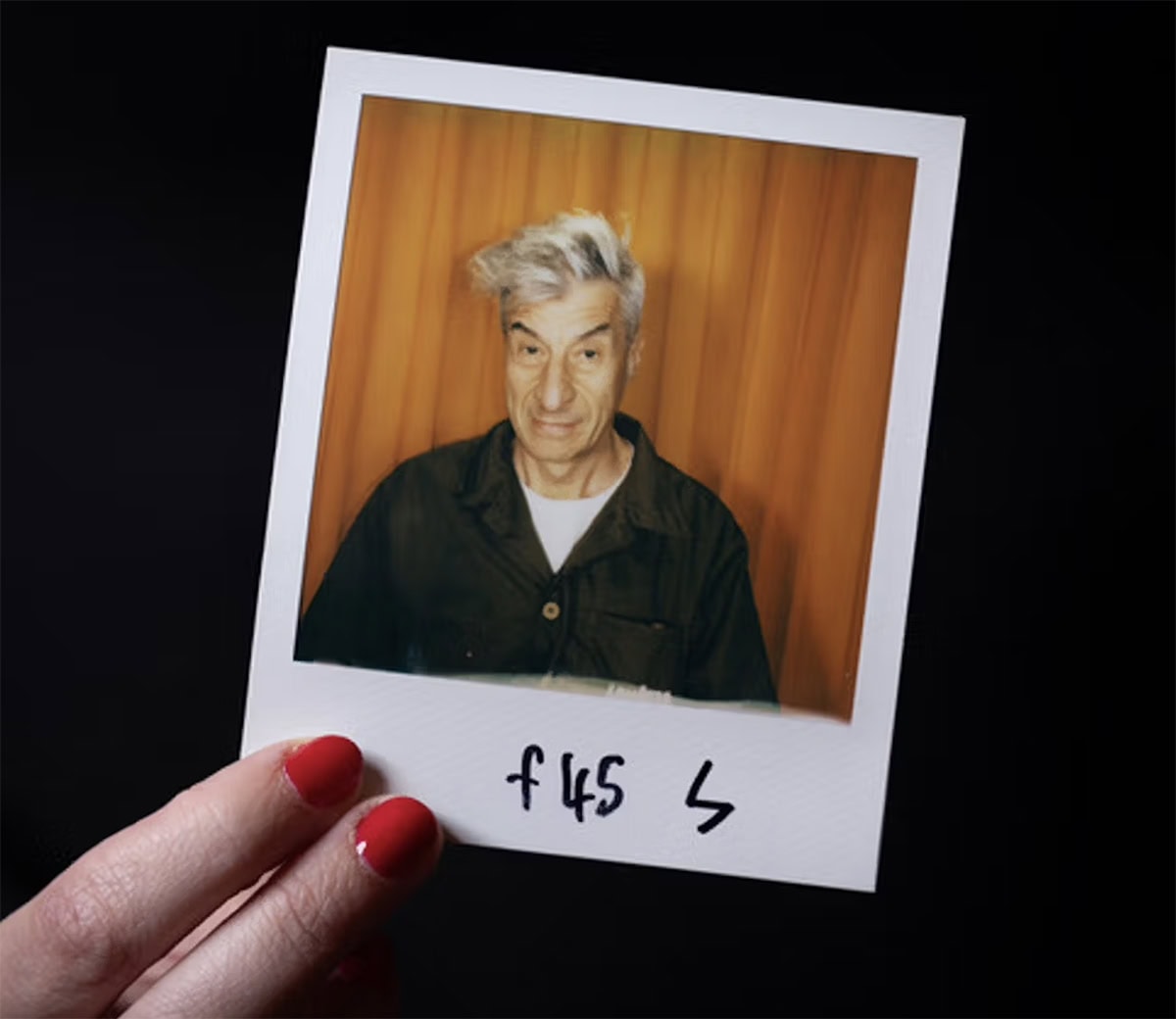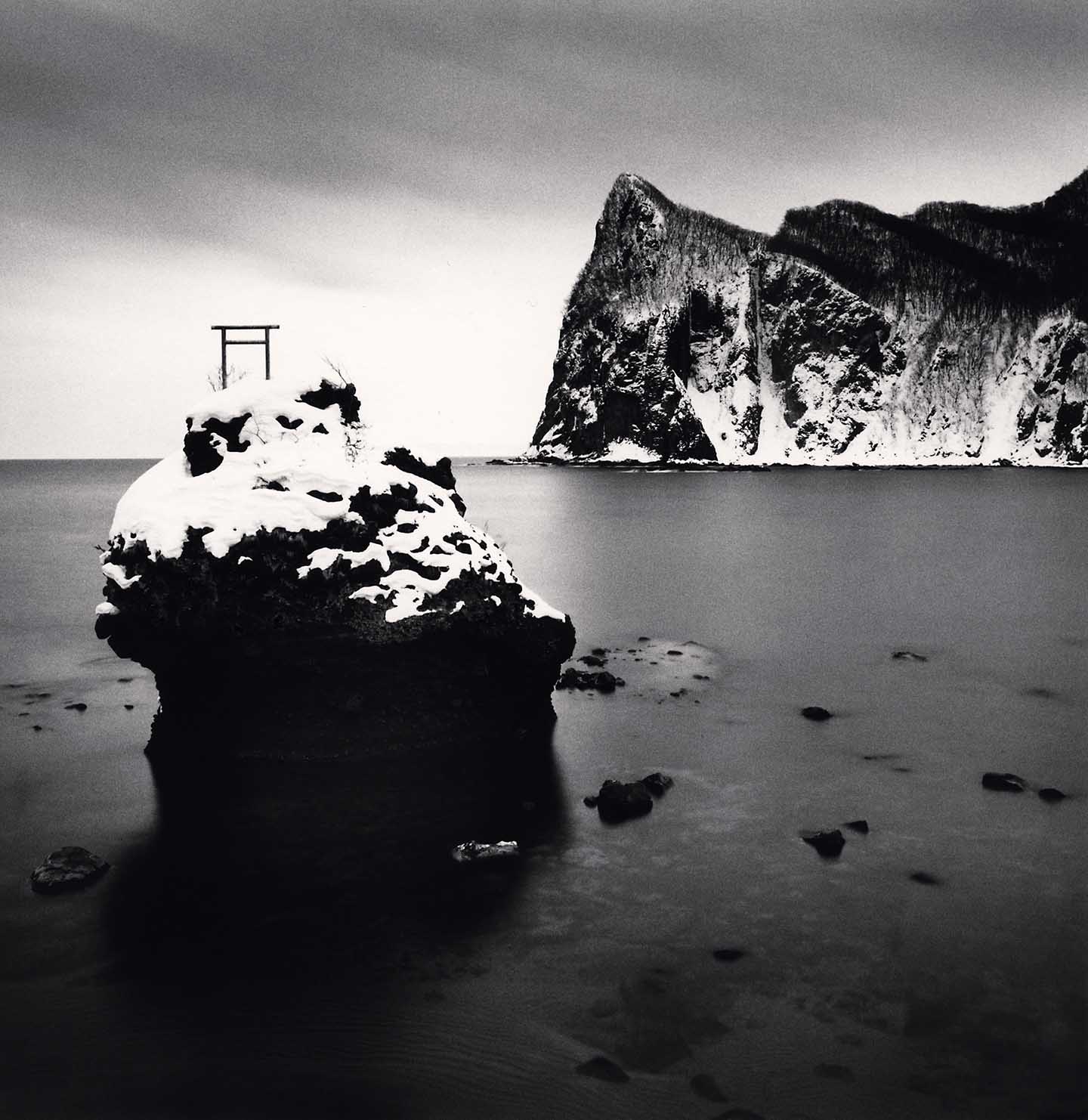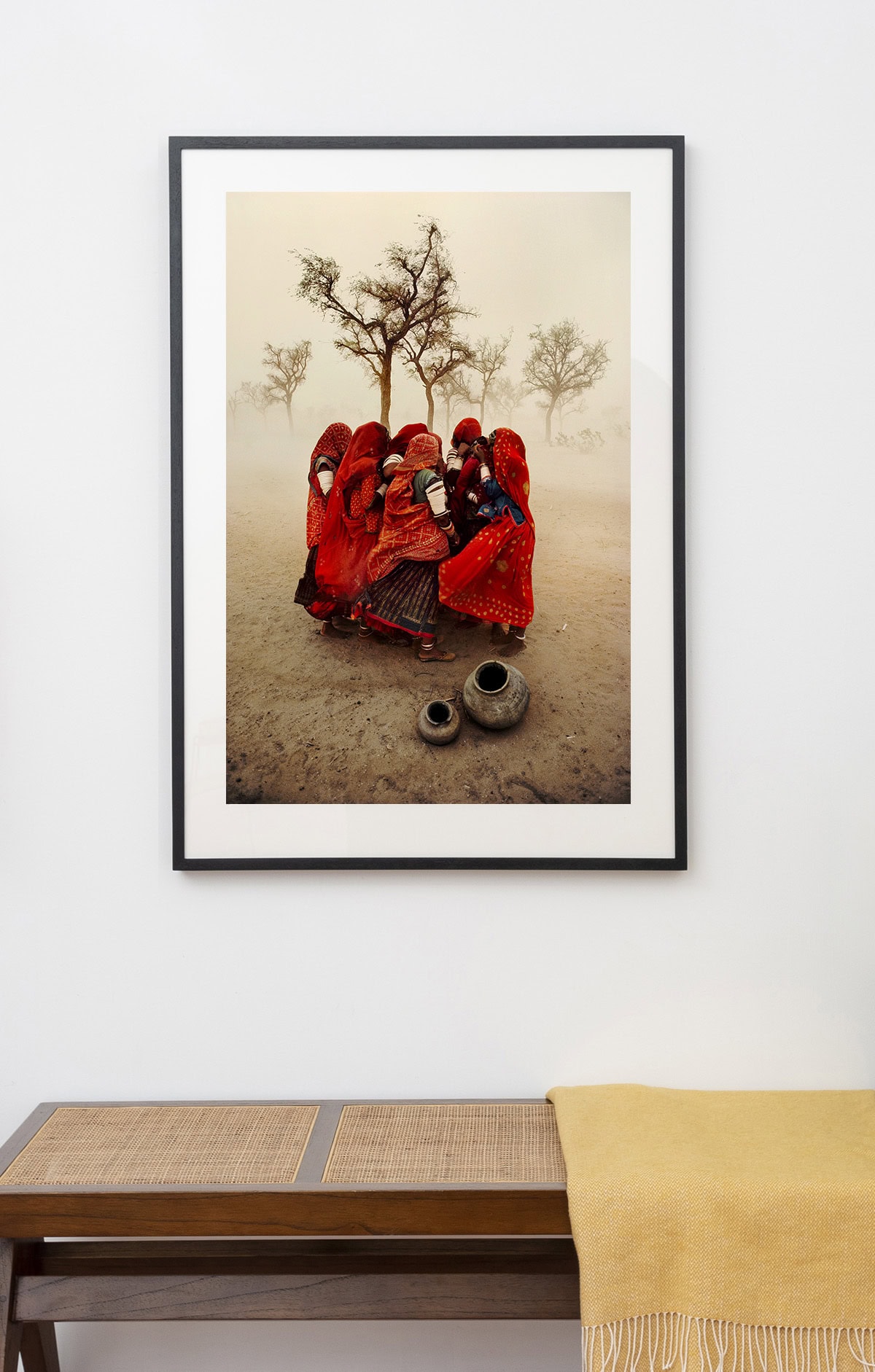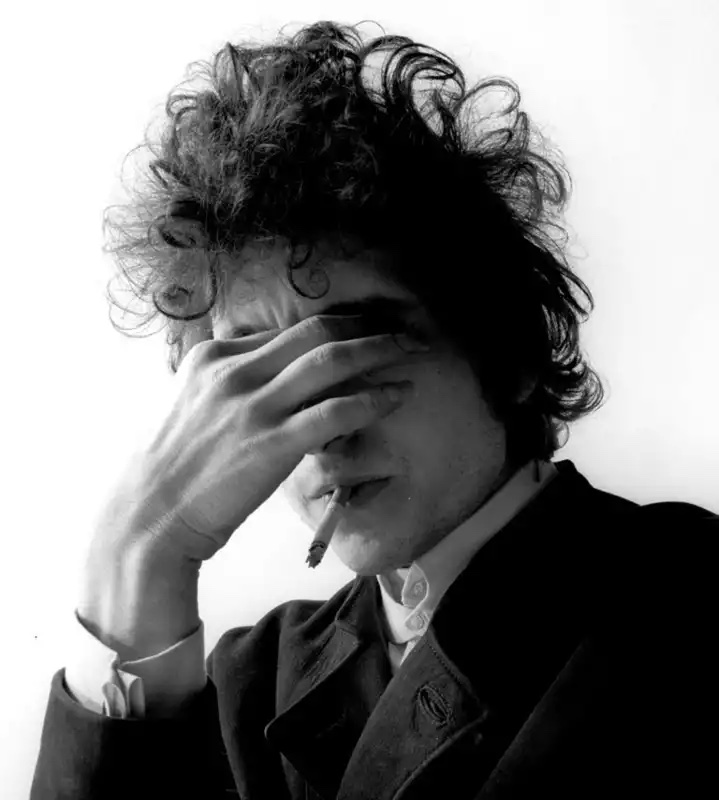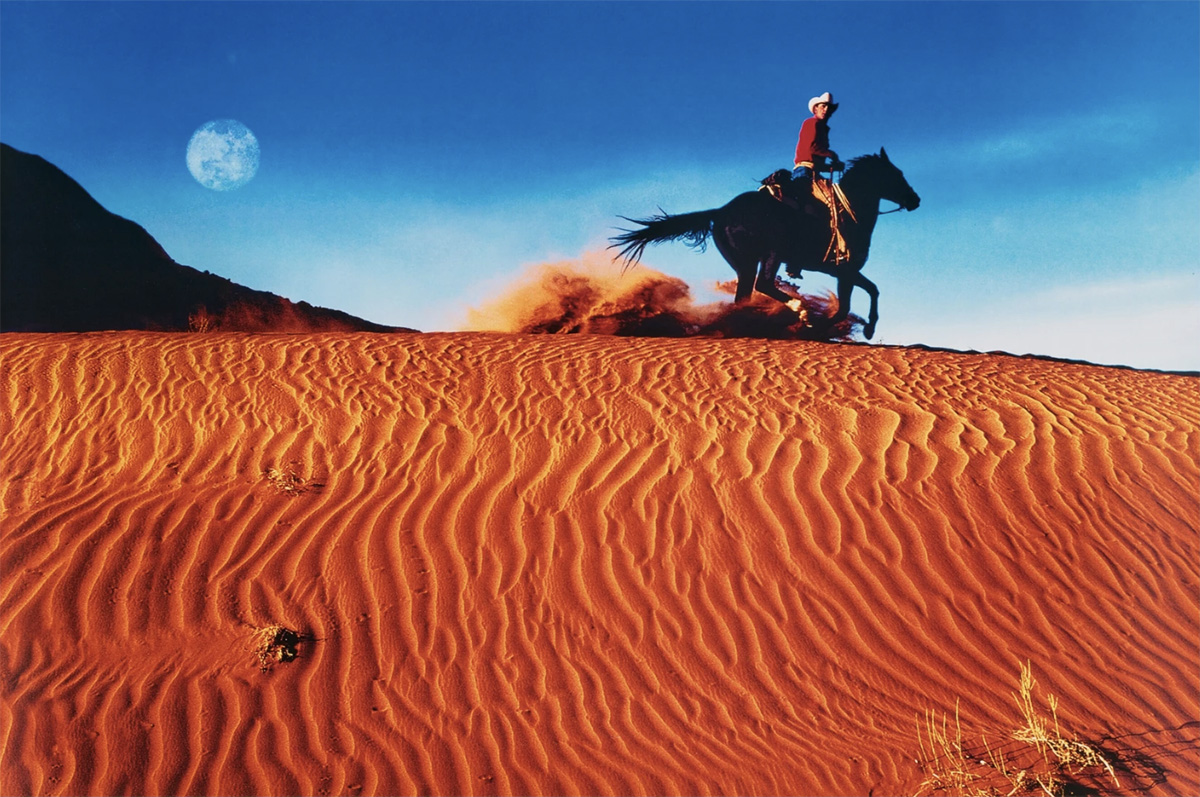Elliott Erwitt in Pittsburgh, Pennsylvania

In 1950, aged 22, Elliott Erwitt travelled to Pittsburgh, Pennsylvania, at the invitation of legendary picture editor, Roy Stryker. Stryker was the former head of the Information Division of the federal government’s Farm Security Administration, where he had commissioned photographers Dorothea Lange and Walker Evans to document America at the height of the Depression. Stryker and Erwitt were first introduced by Edward Steichen, the director of the department of photography at New York’s Museum of Modern Art in the spring of 1950. By the September of that year, Erwitt was working on commission for Stryker, and relocating to a rented room in the YMCA in Pittsburgh.
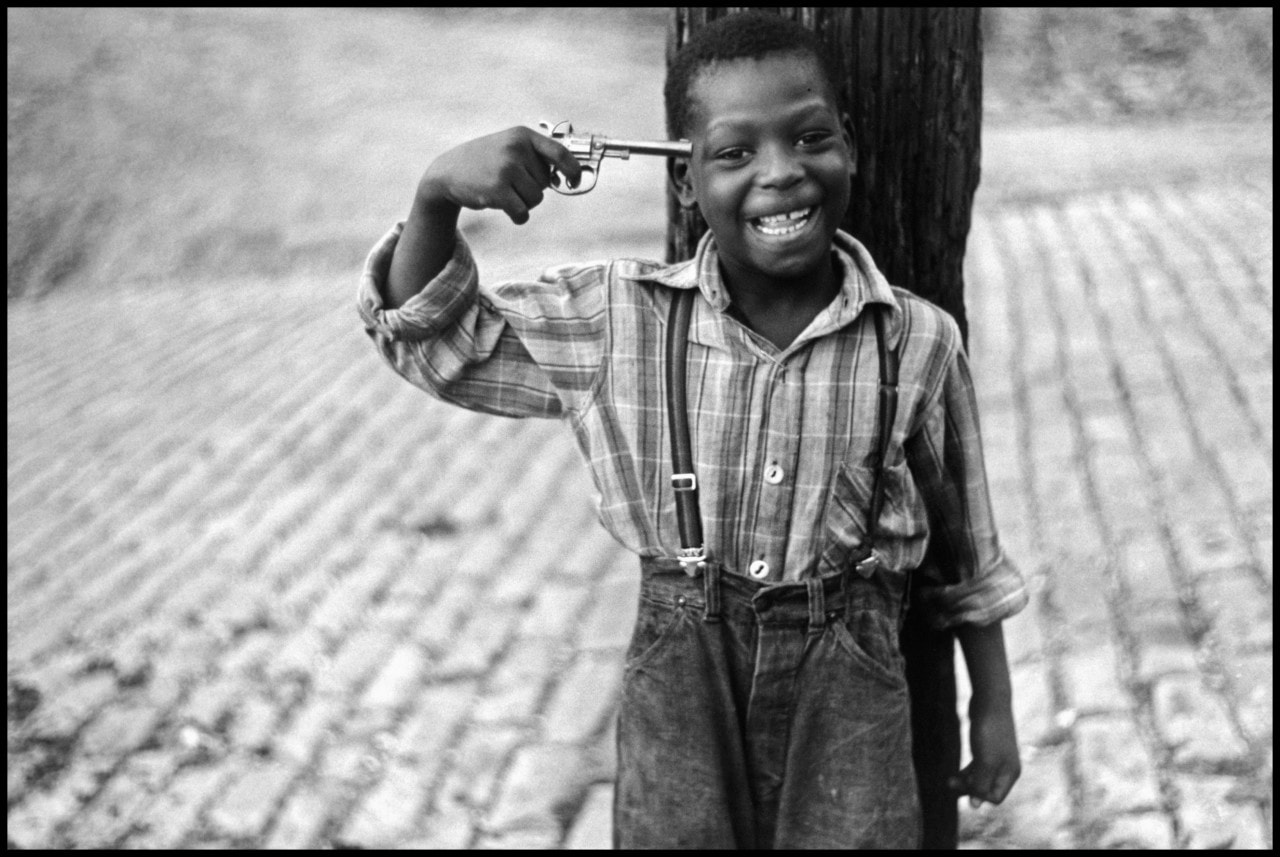
During the Second World War, Pittsburgh was heavily associated with America’s steel industry and its mills operated for twenty-four hours a day. This lead to unprecedented levels of air pollution in the city and, as the War ended, vast industrial areas left to fall into disuse and disrepair. By 1950, Pittsburgh was going through vast urban change, with city planners demolishing many of its old industrial areas, especially around an area known as ‘The Point’. Stryker had been tasked with documenting Pittsburgh at mid-century, in its time of rapid transformation. He formed the Pittsburgh Photographic Library, based at the University of Pittsburgh, recruiting the young Erwitt, among others, to work under its auspices.
Erwitt joined the ranks of other commissioned photojournalists, including James P Blaire, Esther Bubley, Harold Corsini, Arnold Eagle, Regina Fisher, Clyde Hare, Russell Lee, Sol Libsohn, Fran Nestler and Richard Saunders. Under the direction of Stryker, these photographers set out to record the efforts of urban planners transforming Pittsburgh from an industrial centre into a modern city. Most of the photographs made by the Pittsburgh Photographic Library focused on the physical urban changes, including major demolition projects and new highways under construction. Unusually, and unlike the rest of the photographers requested to pursue specific narratives, however, Erwitt was given free reign to document the city in his own way.
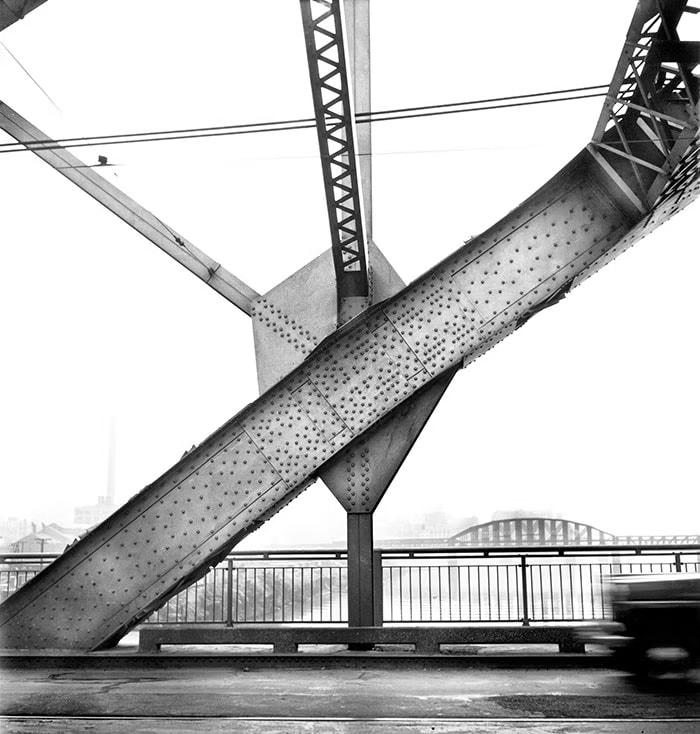
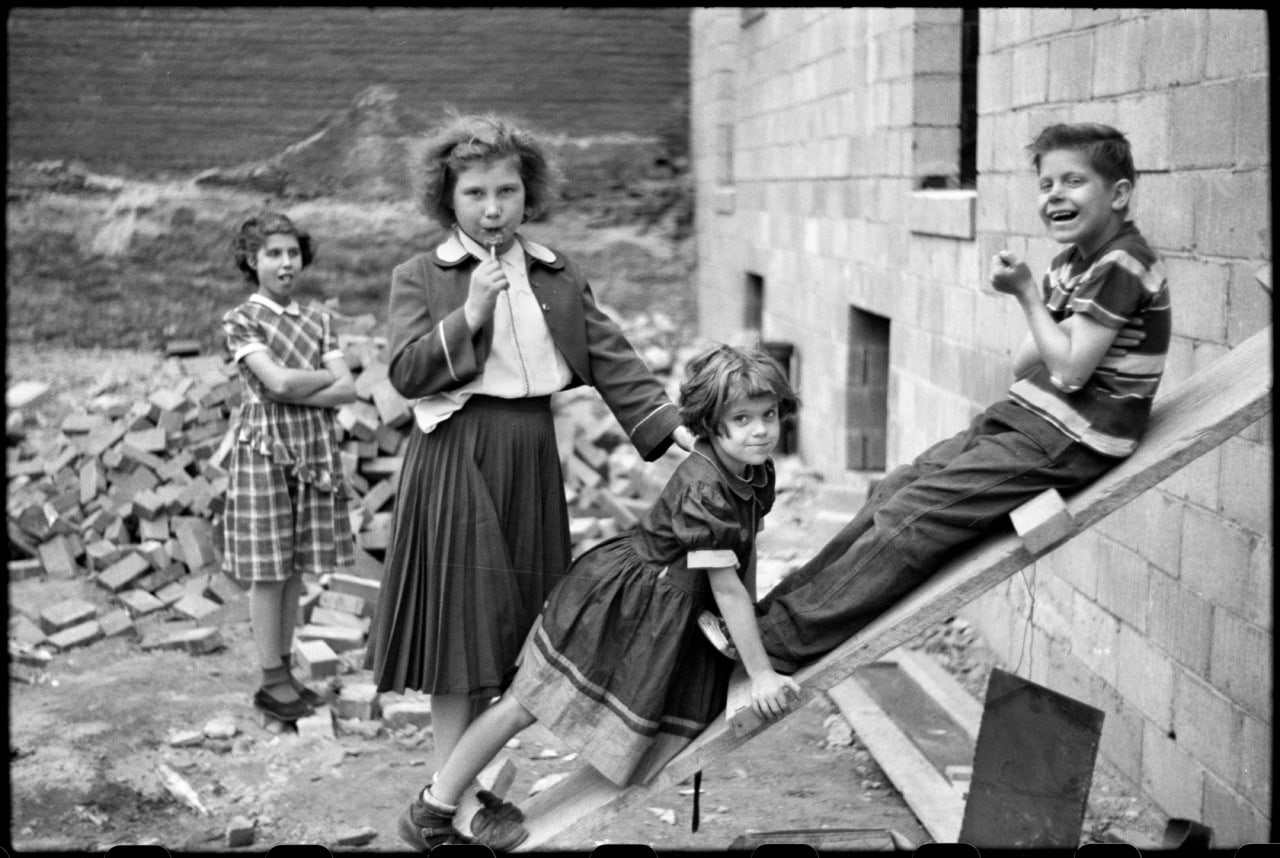
Focusing mainly on Pittsburgh’s residents, Erwitt’s photographs of Pittsburgh sought to reveal an essential character of the city and its people. The urban renewal provides a backdrop of Erwitt’s human moments. Often tender, and sometimes witty, Erwitt recorded fleeting moments from life on Pittsburgh’s streets. He photographed street parades, crowds at football games, as well as small moments found in front porches or park benches. Children feature prominently, revealing the warmth and light heartedness that was to become the leading characteristic of his later photography.
Stryker reviewed all the work produced for the Pittsburgh Photographic Library, selecting those that were useful in advancing his message of the city’s progress. He had a reputation for destroying any negatives that failed to convey the narrative, and on previous projects that had meant punching a hole into negatives in order to physically destroy the images he did not use. In Pittsburgh, however, Stryker merely placed unused negatives into a box marked ‘K’, for kill. This meant that, as funding ran out for the project in 1953, over 18,000 undestroyed negatives survived; Pittsburgh, largely undisturbed, until wet into the new millennium.
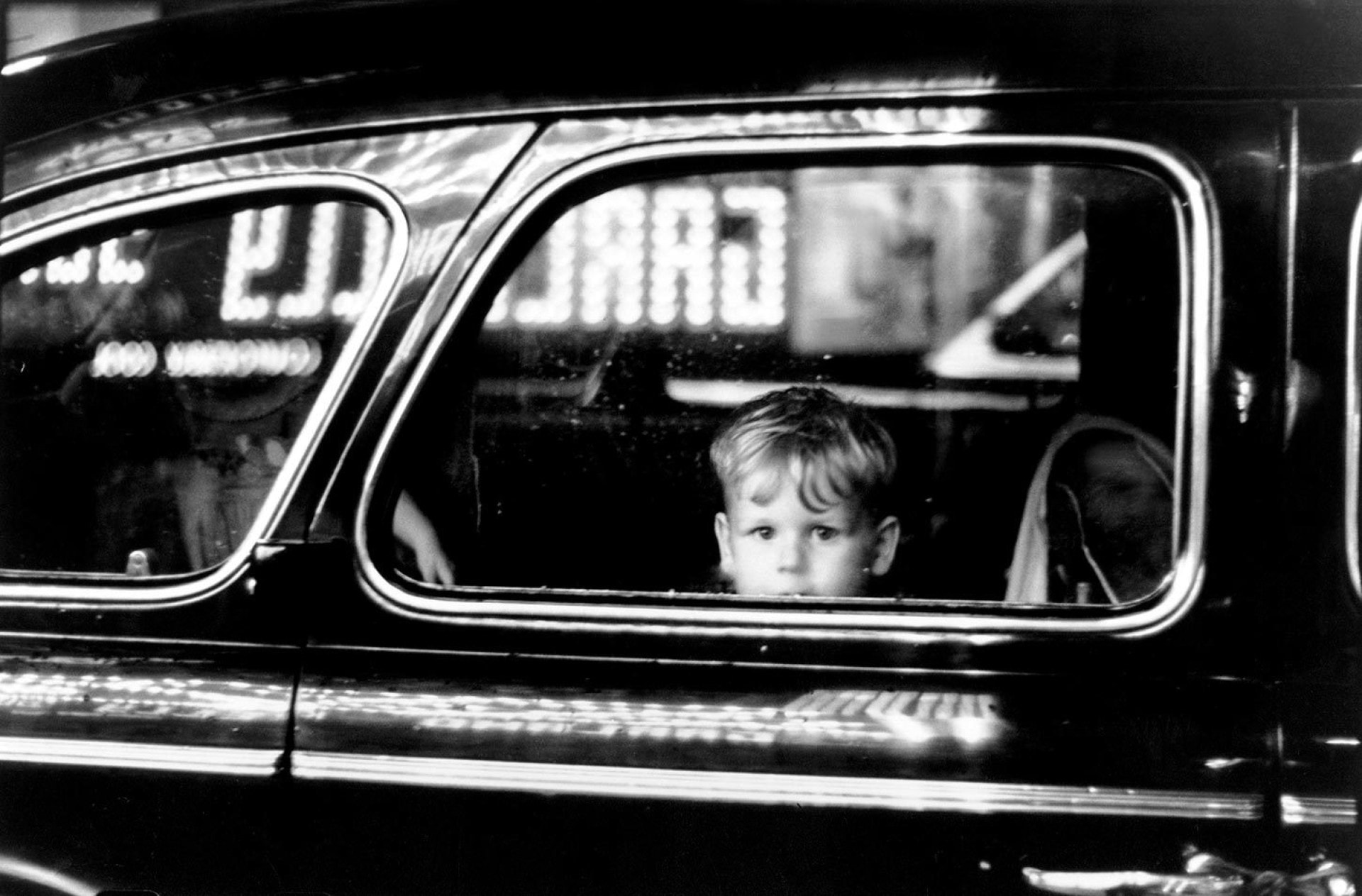
Erwitt only stayed in Pittsburgh for four months. Leaving when he received his US Army draft in December of 1950, Erwitt took just a few negatives with him, including some that are today recognised as among his most famous works. Countless more stayed behind, however, and for decades, Erwitt presumed them lost. The negatives were finally shared with him in 2013, by Vaughn Wallace, who had been carrying out research in the photographic archives at the Pennsylvania Department of the Carnegie Library of Pittsburgh. The images were finally collated and published in 2017, at ‘Pittsburgh 1950’.
